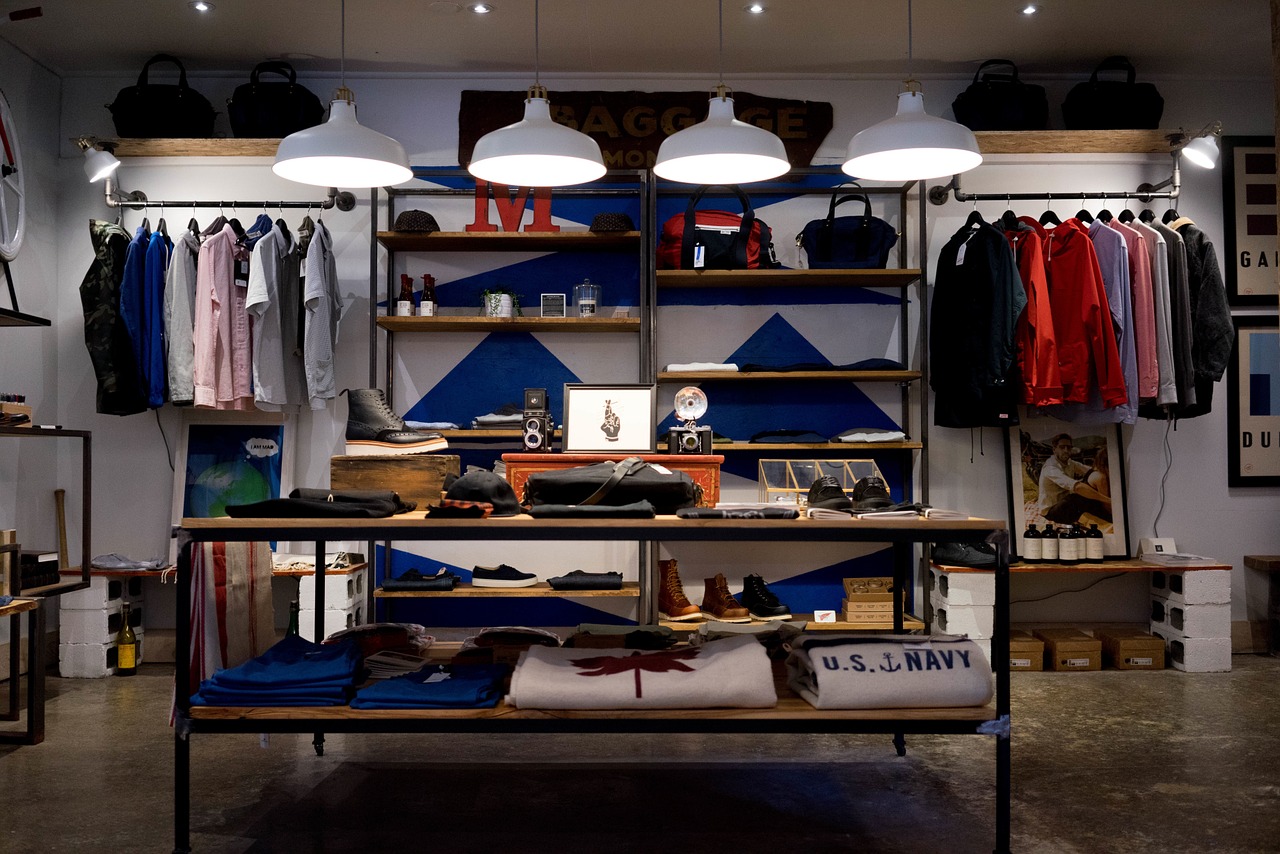Clothing Addiction

Jamie Bunyan and Stephanie Afonso Cadete v London IP Exchange Limited (see O/026/19) serves as a reminder of the importance of undertaking a legal clearance search in order to avoid a trade mark conflict before seeking to protect a new brand.
Clothing Craving
The case concerned a trade mark application by Jamie Bunyan and Stephanie Afonso Cadete to register the figurative mark IT’S AN ADDICTION that sought to protect clothing, which was opposed by London IP Exchange Limited based on its earlier trade mark for the word ADDICTION, also covering clothing.
The Applicants filed a counterstatement and evidence of involvement in previous proceedings with the Opponent. Arguments were also made by the Applicants that there are many other trade mark owners incorporating the word ADDICTION into their branding and therefore the marks at issue should be allowed to co-exist. Neither party filed written submissions, nor requested a hearing.
Trademark Opposition Decision
In the decision, the Hearing Officer sets out the law for similar marks covering identical goods. We are reminded that co-existing trade marks on the register sharing the same word or element has previously been considered and found to be irrelevant in terms of weakening the distinctive character of that element.
The Hearing Officer took into account that the average consumer would be a member of the general public and the act of purchasing the clothing would be a primarily visual process. The Hearing Officer noted that in a traditional bricks and mortar retail premises, the average consumer would be viewing and handling the clothing and possibly trying garments on. On a website or mail order catalogue, the consumer would be viewing images of the goods before selection. Accordingly, the Hearing Officer concluded that the average consumer would be paying a reasonable degree of attention during the purchasing process.
The Hearing Officer also noted that the Applicants have added the words ITS AN and the underlying as a point of visual difference, the dominant shared element was the word ADDICTION and therefore a high level of visual similarity exists.
Taking into account the similarity of the marks for identical goods, as well as the principle that the more distinctive the earlier mark is the greater the likelihood of confusion, the Hearing Officer allowed the opposition and made an award of costs in favour of the Opponent.
Tidman Comment
This case highlights the risks of not seeking professional advice and representation. To avoid any potential for a trade mark conflict, it is important to carry out a legal clearance search to check existing trade mark registrations and applications before adopting your new brand. If similar but not identical brands are being considered, legal advice is recommended because existing trade mark rights are often a matter for legal interpretation. Following a search, your intellectual property professional can then advise you on any potential difficulties faced in registering your new brand as a trade mark. Professional representation is recommended if your trade mark application is opposed as this area law is complex. Sometimes it may be possible to enter into a co-existence agreement with the Opponent.
For advice on how to oppose a trade mark application or on how to defend a trade mark opposition, please contact us.
Tidman Legal is a firm of specialist trade mark lawyers based in Edinburgh.





